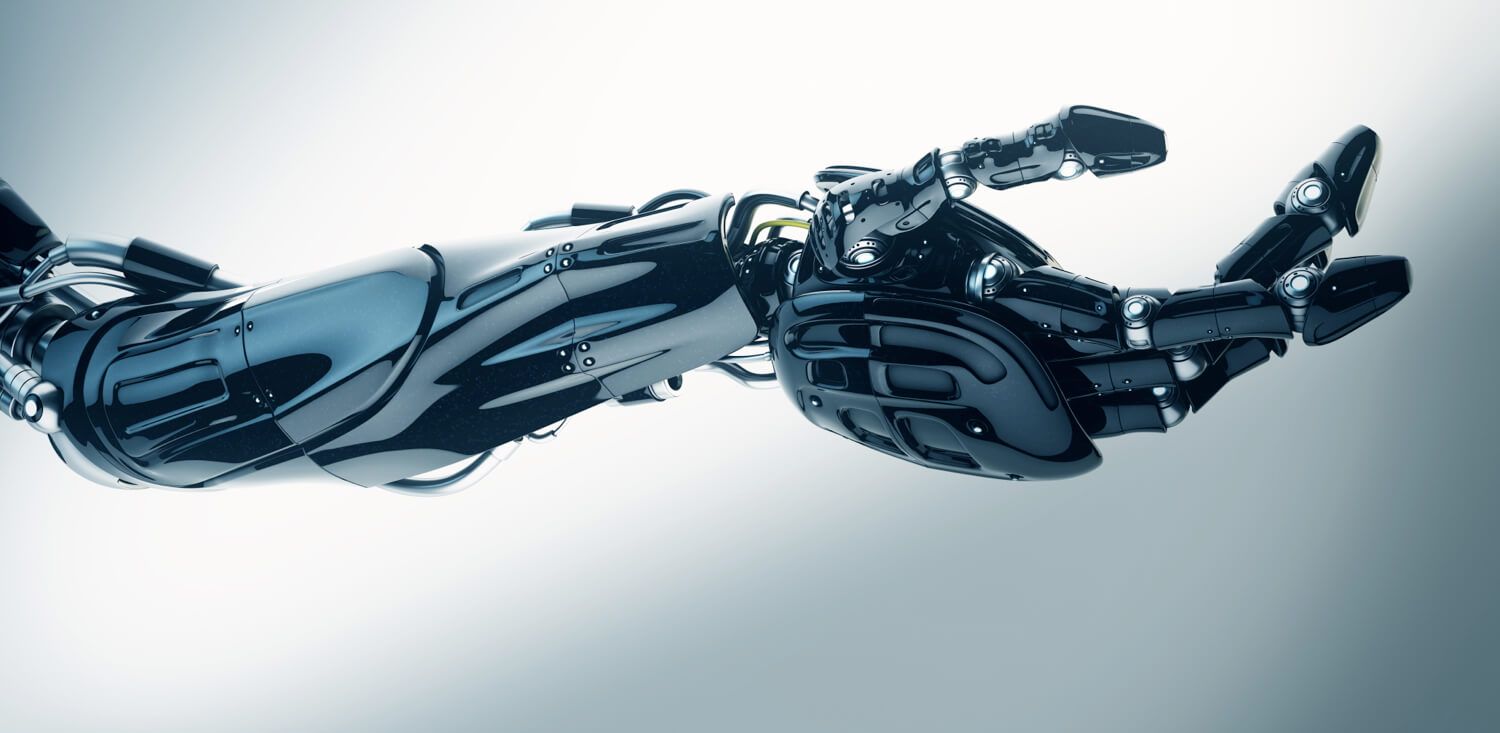Oct 21, 2015
Scientists Have Genetically Engineered Dogs To Make Them More Muscly
Posted by Bryan Gatton in categories: biotech/medical, food, genetics, health, military
As long as they don’t enter the food supply.
First micropigs, now dogs: Scientists in China have used a gene-editing technique to produce the world’s first genetically engineered pooches. Although these two endeavors share scientific roots, with their production aimed at assisting medical research, unlike the teeny tiny pigs, the researchers behind this latest project are not intending to sell their customized animals as pets.
So it probably won’t come as a surprise that the dogs weren’t engineered to be cuter, fluffier or more pocket-sized: they had their DNA tweaked to make them more muscly. The first of many potential edits the team would like to carry out, this was done with the forces in mind.
Continue reading “Scientists Have Genetically Engineered Dogs To Make Them More Muscly” »


















